Business owners in the United States, like many worldwide, shuttered retail outlets in response to the COVID-19 crisis, shifted employees to remote work, and restructured to support worker safety and productivity. Now, some companies are reopening. Human resources expert and consultant Josh Bersin offers insight into the safety protocol mind-set, along with examples from manufacturers already up and running. Business may never go back to the old normal, but you may now have the perfect opportunity for transformation.
Companies responding to the COVID-19 pandemic go through three stages: “React, Respond and Return.”
At the onset of the coronavirus pandemic, many firms closed their public-facing outlets and sent workers home. They distinguished between essential and non-essential employees and implemented processes to keep track of data related to the impact of the pandemic. In the “React” phase, human resources and information technology departments had to coordinate to support staffers who were new to working at home. Companies assembled task forces to lead the response and establish regular communication.
Leaders had to set up policies for remote workers and provide equipment for their home offices. Firms reshaped their budgets in light of the pandemic. The CEO – acting also as Chief Empathy Officer – worked to be a model of the company’s purpose and to show optimism about the future. Many businesses shifted to a remote workforce and, for the most part, managed the transition successfully.
In the “Respond” phase, companies rolled out remote training and support systems and pursued...
Human resources expert Josh Bersin is founder and president of Bersin & Associates, an industry research firm and consultancy. He also wrote The Blended Learning Book, The High-Impact Learning Organization and High Impact Talent Management.










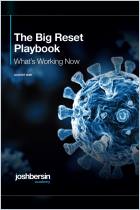
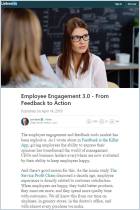
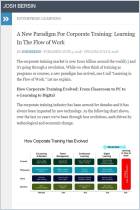

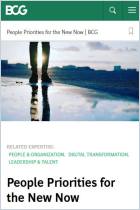
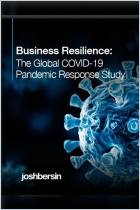
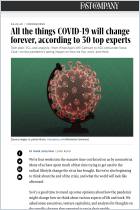
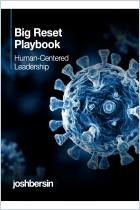
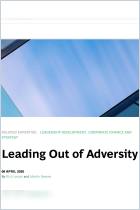
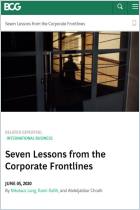


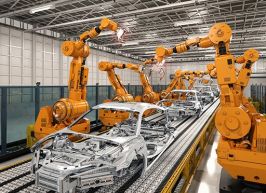


Comment on this summary